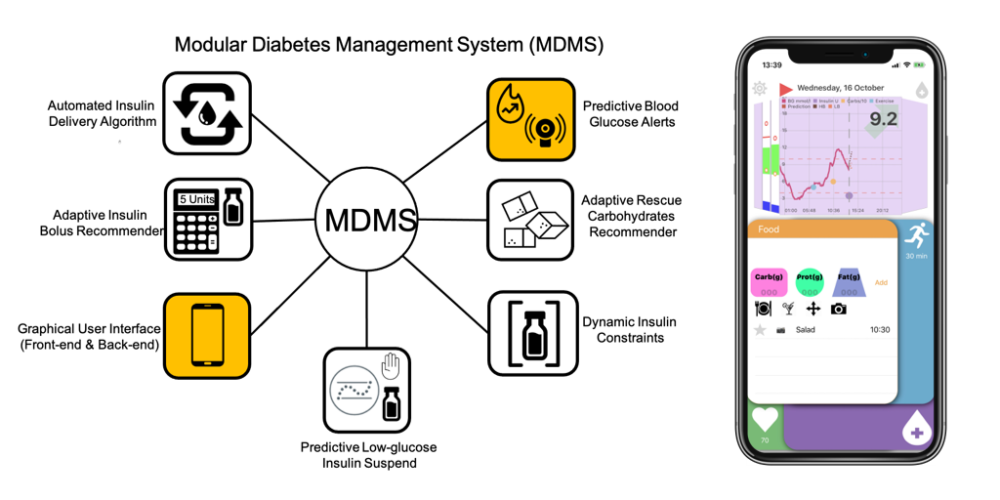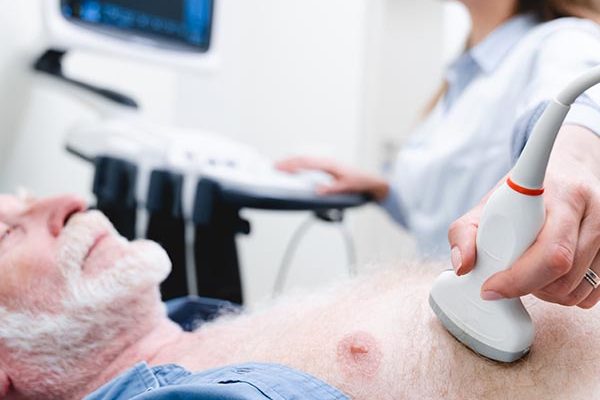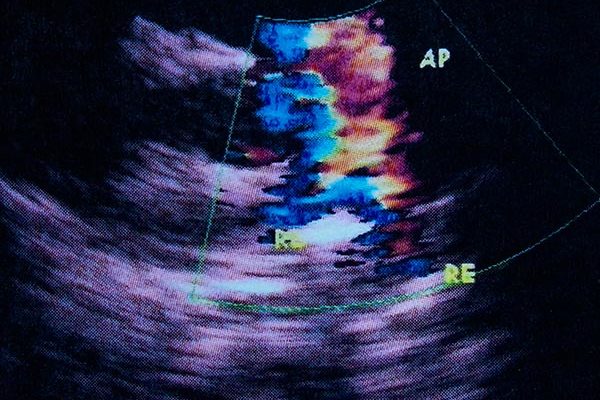Proposed use
Clinically validated blood glucose forecasting technology to accurately predict the probabilistic distribution of short-term (30-60 minutes) future continuous glucose monitoring (CGM) measurements. Blood glucose forecasting has been proven to be a key enabler for diabetes management by providing effective proactive actions through predictive glucose alerts and automatically modulating insulin delivery with an insulin pump (e.g. artificial pancreas).
Problem addressed
Latest CGM technologies allow people to observe their blood glucose levels in real-time. However, achieving an accurate glucose is a challenging task due to the inherent complexity of glucose dynamics. Traditional approaches for glucose forecasting tend to fall short in achieving the desired level of accuracy.
The advent of deep learning has allowed the realisation of a new class of glucose forecasting algorithms that are able to better capture the complexity of glucose dynamics, hence provide superior performance.
Technology overview
GluNet is a framework that leverages deep neural networks for accurate blood glucose forecasting through the utilisation of continuous glucose monitoring (CGM) and routinely collected diabetes management data, such as glucose measurements, meal intake and insulin dosage information. It also allows the utilisation of additional information collected through wearable technologies such as physical activity bands.
GluNet adopts the latest deep learning techniques consisting of four components: data pre-processing, label transform/recover, multi-layers of deep learning technology called dilated convolution neural network (CNN) and post-processing. The framework additionally provides confidence intervals associated to the forecasted glucose values.
GluNet has been embedded in a smartphone app connected in real time to a continuous glucose monitoring sensor. A user-centric designed graphical user interface allows easy interaction with GluNet and incorporates predictive glucose alerts and insulin dose recommendations.

Left) Modular Diabetes Management System (MDMS). Highlighted icons correspond to the GluNet system; Right) Smartphone-based implementation of GluNet communicating to a continuous glucose sensor
Benefits
- Provides state-of-the-art blood-glucose forecasting performance
- Clinically validated with rich clinical datasets
- Edge computing compatible algorithm that can be easily embedded in a smartphone or medical devices (e.g. CGM)
Intellectual property information
WO20089656 A1 – PREDICTING PHYSIOLOGICAL PARAMETERS





